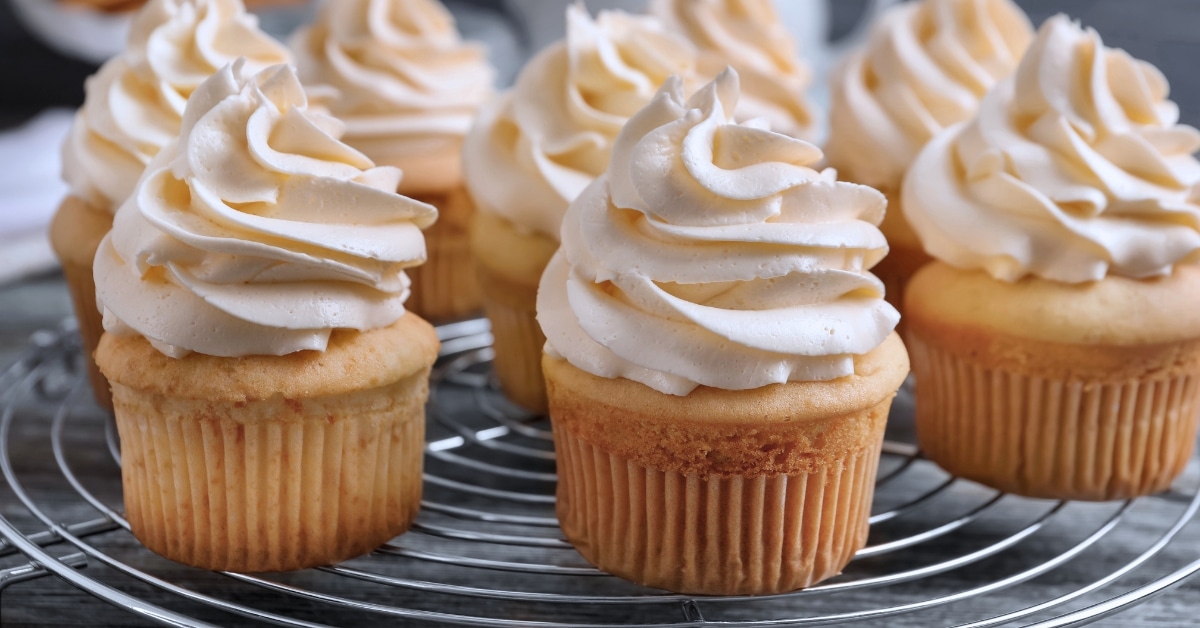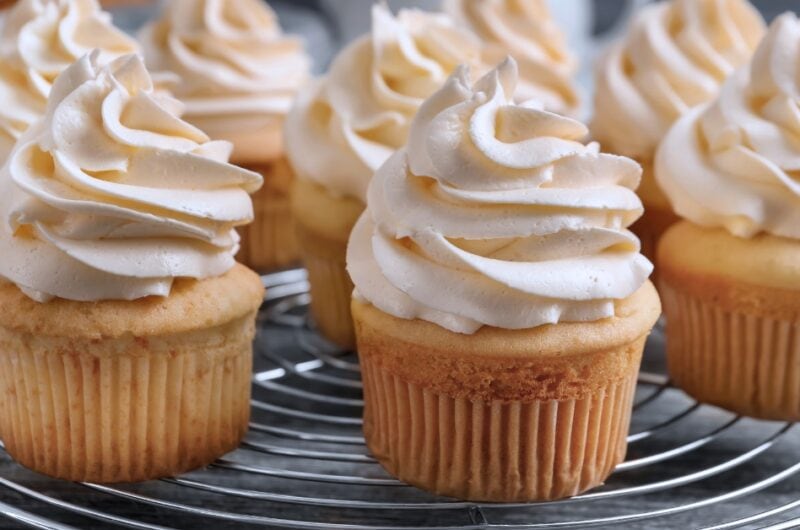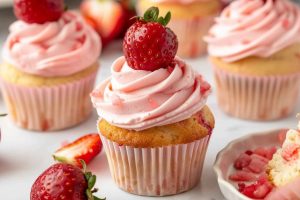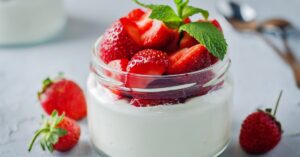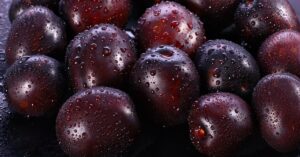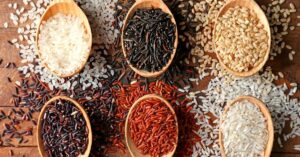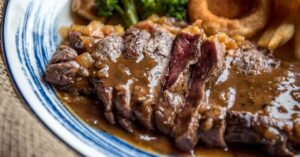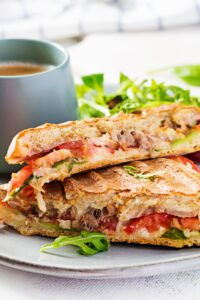You’ve likely eaten a ton of frosting on cakes, but have you ever wondered, “What is buttercream?”
This sweet cream is pretty unique, so keep reading.
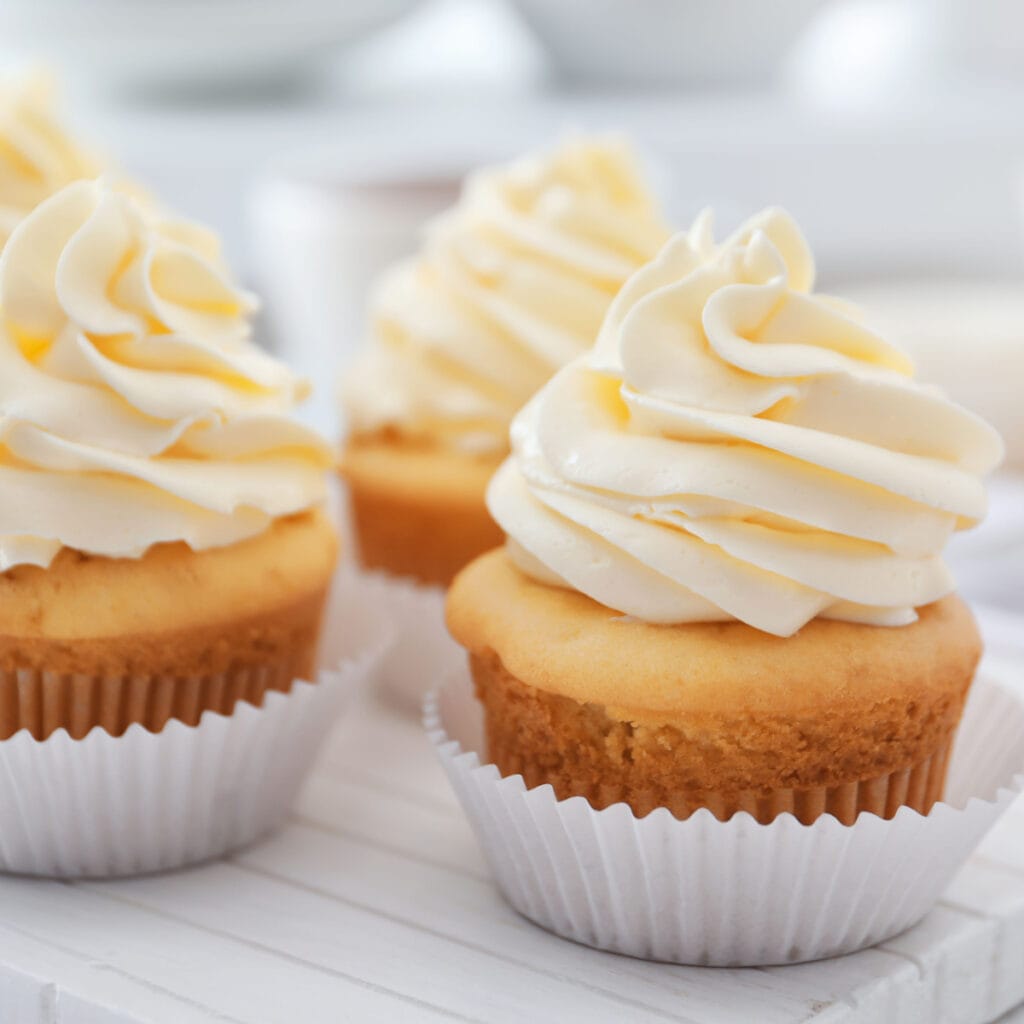
Buttercream is a type of sweet frosting found on cakes and cupcakes and as a cake filling.
So the short answer is: it’s the stuff on cakes and cupcakes. But the long answer is: it’s complicated.
And that’s because there are many different types of buttercream.
But no matter which you pick, it’s always best to use homemade. Trust me, you’ll taste the difference!
So, let’s dive into buttercream together, including how it’s made and the different types.
What Is Buttercream?
Buttercream is a sweet, fluffy type of frosting with butter as a main ingredient.
As the name suggests, buttercream must contain butter, while some frosting recipes do not, such as whipped ganache.
Types include American, Swiss Meringue, and Italian buttercream, which have different methods.
No matter which type of buttercream you pick, they all contain butter and some sort of sugar. And it’s pretty easy to flavor them.
Add cocoa or melted chocolate, smooth peanut butter, fruit compote, or extracts, like almond or orange.
Buttercream vs Frosting
Many people use the words buttercream and frosting interchangeably. And to be honest, that’s fine.
Only the pros need to worry about the nitty gritty.
But if you’re curious, here’s a good rule of thumb: all buttercream is frosting but not all frosting is buttercream.
We’ve already established that buttercream needs butter – hence the name. But you can make all kinds of frosting (and icing) without butter.
- Whipped ganache doesn’t contain butter, but it’s just as thick and fluffy. So you can use it as a cake filling or even pipe it onto cupcakes.
- Another type of frosting that doesn’t contain butter is cream cheese frosting. It’s not usually as thick, but I love the tangy finish!
Finally, many recipes call for shortening instead of butter. They’re super stable and technically frostings, not buttercreams.
All that said, nobody’s going to jail if you use the wrong word.
Well, unless you try to pass American buttercream off as French. Trust me, that’s a big no-no!
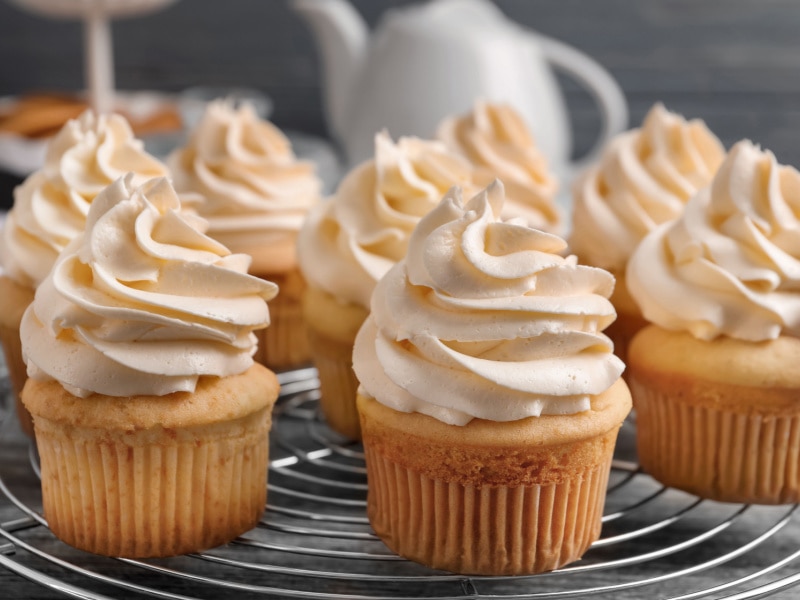
7 Different Types of Buttercream
Ask any baker or pastry chef, and they’ll tell you the same thing: not all buttercreams are created equal.
And not all buttercreams work well for all bakes.
Some are better for piping, some are more stable, and some are sweeter.
AND some buttercreams are more difficult to make than others.
But if you find one you really like, practice makes perfect. Even if that means making a hundred cupcakes!
Below are the most common types of buttercream. And I’ve listed the level of difficulty for each, so if you’re new to baking, you can pick one that’s easy.
1. American Buttercream
If you live in the States, this is the classic frosting you’ve likely had on cupcakes and cakes your whole life.
And it’s one of the most basic buttercream recipes out there.
It’s literally just butter and powdered sugar – possibly with a bit of milk or cream to thin it out.
Made with a sugar-to-butter ratio of 2:1 (2 cups of sugar to 1 cup of butter), it’s thick, fluffy, and very sweet.
American buttercream is a favorite of cake decorators because it’s easy to work with and even easier to make.
Plus, it works well for all of your baking needs.
Level of Difficulty: Beginner
2. Swiss Meringue Buttercream
Swiss meringue buttercream is one of my personal favorites. It’s incredibly light, fluffy, and silky smooth.
And it has a wonderfully delicate taste.
The reason it’s so popular is because it’s very stable at room temperature. And that’s down to the egg whites in the mix.
But don’t let that put you off! This is actually very easy to make.
Here’s what you’ll do:
- Heat egg whites and sugar over a pot of simmering water, whisking constantly but gently until the sugar is dissolved and the whites are foamy.
- You’ll know they’re ready when you can’t feel grains of sugar between your fingers.
- Transfer the cooked, foamy egg whites to a stand mixer and whisk until stiff peaks form.
- When the whites are thick and cooled, add the butter slowly in small chunks while whisking.
- It may look curdled, but it will thicken and turn smooth when it’s cooled
- Add a bowl of ice water under the bowl to help it cool quicker.
Swiss meringue is a great choice for cakes and fillings. It’ll harden slightly in the fridge and will be fine at room temperature for a couple of days.
Level of Difficulty: Intermediate
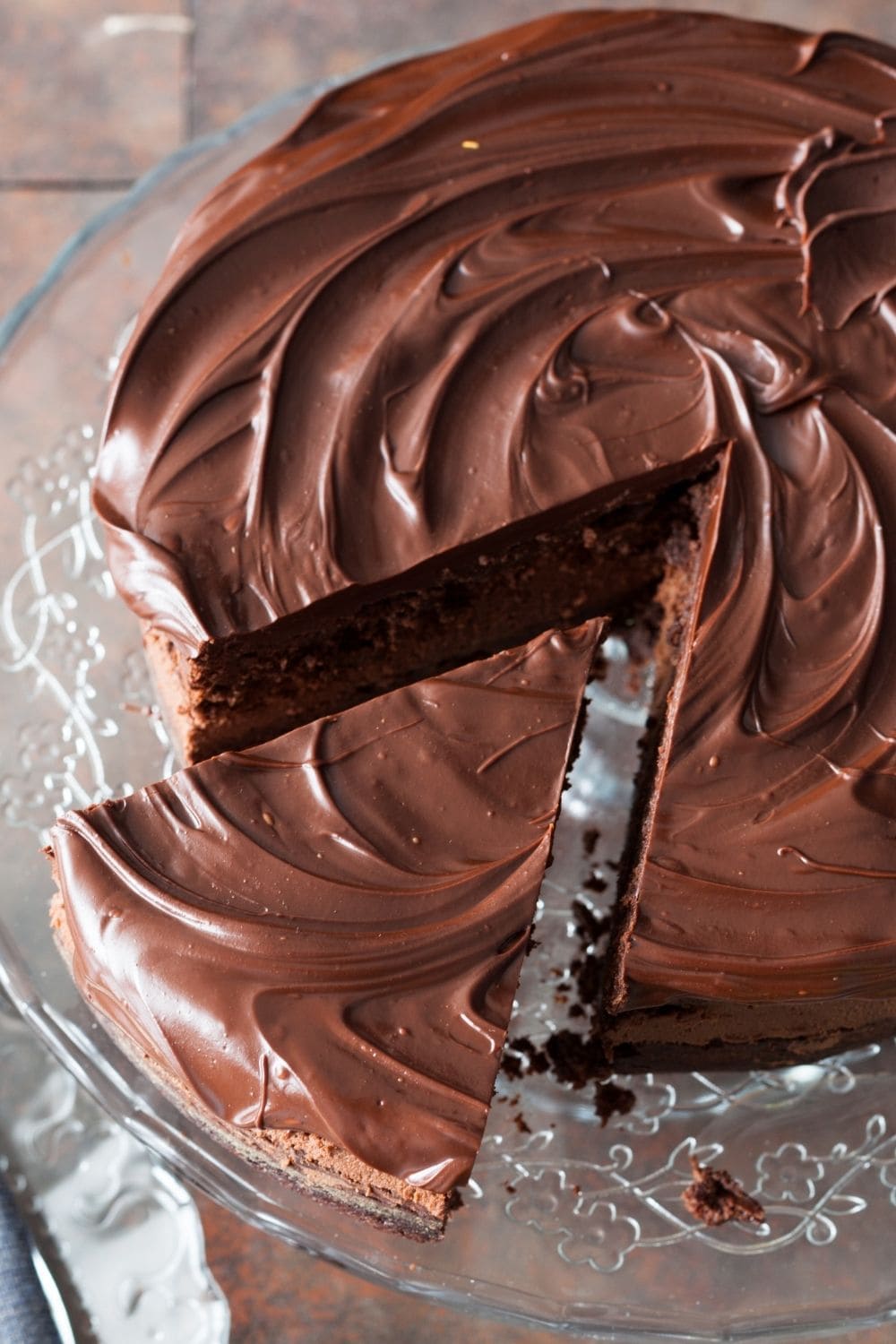
3. Italian Meringue Buttercream
In a similar process, Italian meringue also calls for egg whites. But instead of cooking the eggs and sugar together, you’ll make a HOT sugar syrup.
That’s why this is considered advanced!
You need to cook the sugar until it reaches 235-240°F (112-115°C), then slowly stream it into stiffed, whipped egg whites.
And like the Swiss meringue, you’ll add room-temperature butter to the cooled meringue.
This results in a delicious, light, and creamy buttercream that’s even more stable than Swiss meringue.
So, it’s a fantastic option for all your decorating needs. Just be careful because you can easily burn yourself making this.
Level of Difficulty: Advanced
4. French Buttercream
If you want an incredibly decadent frosting, French buttercream is the way to go.
It will absolutely delight your taste buds.
French buttercream is made in the same exact way as Italian meringue. EXCEPT with egg yolks instead of whites.
Because it uses yolks, it is less stable than Italian meringue. So, it’s not ideal for intricate decorations.
Instead, it’s better for simple and rustic designs.
Level of Difficulty: Advanced
5. German Buttercream
German buttercream is absolutely luscious. It’s so silky, super creamy, and almost mousse-like.
Made with a pastry cream or custard base, you’ll add plenty of butter for a fabulously fluffy frosting.
Because German buttercream is so airy, it is not ideal for delicate piping. And it doesn’t hold up to heat well, so it will soften quickly.
But it’s delicious inside a cake or even a cream puff.
Level of Difficulty: Intermediate
6. Russian Buttercream
I love Russian buttercream because it’s so simple.
Made with butter and sweetened condensed milk, it’s great in a pinch and really delicious.
- Use one can of sweetened condensed milk per 2 sticks of butter.
- Beat the butter until it’s really fluffy.
- Then add in the can of sweetened condensed milk and beat until smooth.
Add salt, cocoa powders, or extracts to taste.
I love adding in chocolate ganache. It adds more stability and an incredibly rich flavor.
Russian buttercream is ideal for the insides of cakes and your crumb coat. It’s super smooth, but it’s not very stable. So, it doesn’t hold up well for decorating.
Level of Difficulty: Beginner
7. Ermine Buttercream
If you’ve ever had a Ding Dong snack cake, you’ll know all about this unique filling.
Made with a hot, thickened paste of flour and milk, it’s very stable and not as sweet.
The paste needs to cool overnight before it’s blended into butter and sugar. After 5-10 minutes, it’s thick and fluffy.
I used it in my Ding Dong cake recipe, and it was like the original treat – only way more indulgent!
Level of Difficulty: Beginner
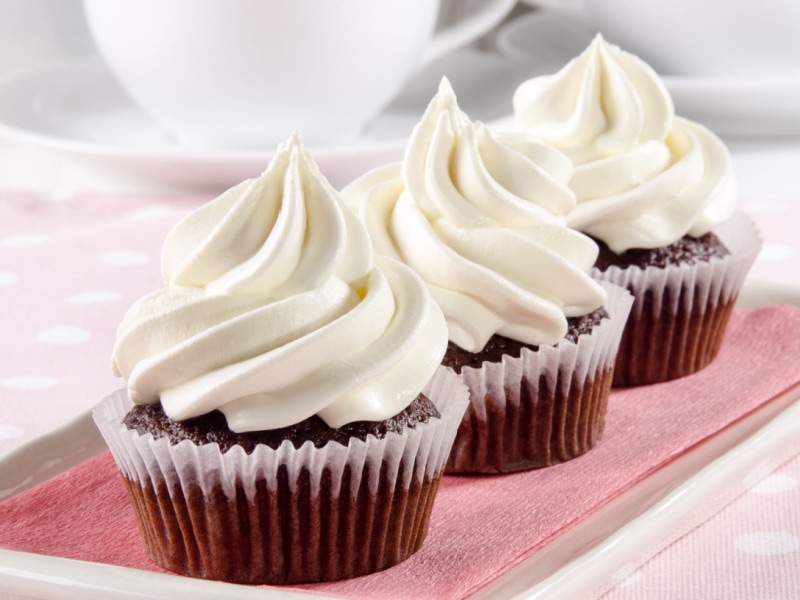
Does Buttercream Need to Be Refrigerated?
Buttercream with cooked egg whites is surprisingly stable at room temperature.
So if you make a big batch and plan to decorate cupcakes within a day or two, you can actually leave it out in an airtight container (as long as the room isn’t too warm).
After that, it should be stored in the fridge.
American buttercream isn’t as stable, so I always pop it in the fridge right away.
How to Store Buttercream
Store buttercream in an airtight container in a cool, dry place for up to 2 days. Any longer, and it needs to be in the fridge.
Place a layer of plastic over the surface, touching the buttercream, to keep a crust from forming.
Then, let it come back to room temperature and re-whip it briefly before use.
Buttercream will store in the fridge for up to 1 week. And if you choose to freeze it, it will last up to 3 months.

